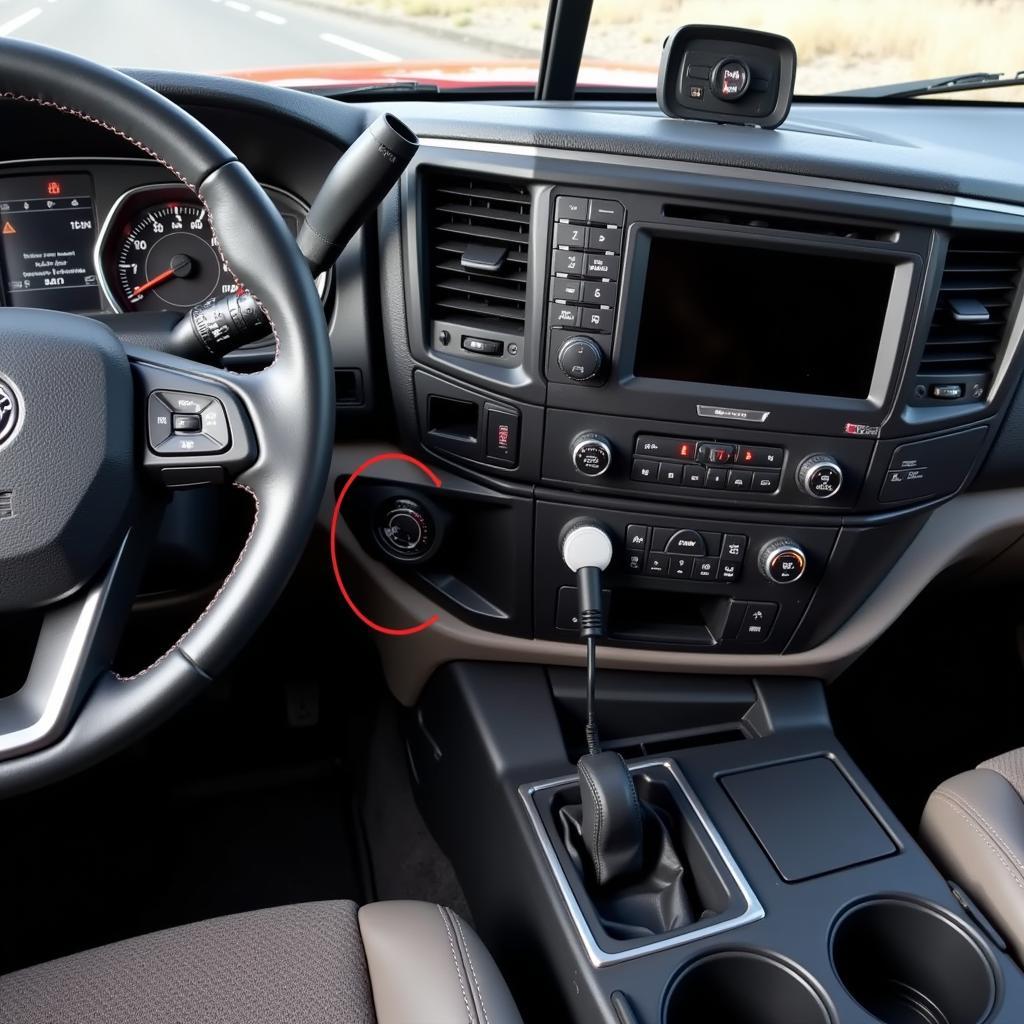The DirectX Diagnostic Tool, often referred to as dxdiag, is a valuable utility for troubleshooting multimedia-related issues on Windows XP. Whether you’re experiencing problems with games, video playback, or audio, the DirectX Diagnostic Tool can provide insights into your system’s hardware and software configuration related to DirectX. This article serves as a guide to understanding and utilizing this tool effectively.
Before diving into the specifics, it’s crucial to understand the role of DirectX. In essence, DirectX is a set of APIs (Application Programming Interfaces) that facilitate communication between your software, primarily games, and your computer’s hardware. When these components don’t interact seamlessly, you might encounter performance hiccups, graphical glitches, or even complete system crashes.
[image-1|directx-diagnostic-tool-window|DirectX Diagnostic Tool Window|A screenshot showing the main window of the DirectX Diagnostic Tool in Windows XP, highlighting the key tabs and information displayed.]
Launching the DirectX Diagnostic Tool
Accessing the DirectX Diagnostic Tool in Windows XP is straightforward:
- Click on the Start button.
- Navigate to Run.
- In the Run dialog box, type “dxdiag” (without quotes) and press Enter.
This action will initiate the DirectX Diagnostic Tool, presenting you with a window containing various tabs, each holding specific system information.
Navigating the DirectX Diagnostic Tool Tabs
Let’s break down the information you can glean from each tab:
- System Tab: This tab provides a general overview of your system, including your operating system version, processor details, memory (RAM) capacity, and importantly, the DirectX version currently installed.
- Display Tab: This section focuses on your graphics card. It lists the manufacturer, model, driver version, and other pertinent details. You can also find information about DirectDraw, Direct3D, and AGP (Accelerated Graphics Port) support.
- Sound Tab: As the name suggests, this tab details your sound card configuration, including the device name, drivers, and DirectX-related audio capabilities.
- Music Tab: This tab focuses on MIDI (Musical Instrument Digital Interface) settings and any installed MIDI devices.
- Input Tab: Here, you’ll find information about your input devices, such as your keyboard, mouse, and game controllers. It lists the devices and their associated drivers.
- Network Tab: This tab provides details about your network adapters, including their DirectX-related capabilities, primarily for network gaming.
[image-2|directx-diagnostic-tool-error-message|DirectX Diagnostic Tool Error Message| A screenshot depicting a potential error message within the DirectX Diagnostic Tool, indicating a problem with a specific DirectX component or driver.]
Interpreting DirectX Diagnostic Tool Results
The wealth of information provided by the DirectX Diagnostic Tool can be overwhelming. However, you can focus on key areas to troubleshoot issues effectively.
- DirectX Version: Ensure that you have the latest version of DirectX installed for your version of Windows XP. Outdated versions can lead to compatibility issues with newer games and software.
- Drivers: Pay close attention to the driver versions for your graphics card and sound card. Outdated or incompatible drivers are common culprits behind multimedia problems. Visiting the manufacturer’s website to download the latest drivers is often a good first step in troubleshooting.
- Error Messages: The DirectX Diagnostic Tool may display error messages or warnings in the relevant tabs. These messages can pinpoint problematic components or drivers, providing valuable clues for further troubleshooting.
For instance, if you encounter the “directx diagnostic tool pop up” issue, it might be related to outdated drivers.
“DirectX Diagnostic Tool Results November 13 2018 is a phrase that may seem cryptic at first. However, it signifies the importance of checking your DirectX Diagnostic Tool results regularly, especially after system updates or driver installations, to ensure everything is functioning correctly.
Beyond the Basics: Advanced Troubleshooting
The DirectX Diagnostic Tool also offers some advanced features that can be helpful in specific situations:
- Saving System Information: You can save all the information displayed in the DirectX Diagnostic Tool to a text file. This feature is particularly useful when seeking technical support, as you can share this file with support personnel for analysis.
- DirectSound Test: On the Sound tab, you can run a DirectSound test to check for audio output problems. This test plays a sample sound; if you encounter issues, it might point to a problem with your sound card, drivers, or speaker configuration.
- DirectInput Test: Similarly, on the Input tab, you can test your input devices. This test allows you to check for button responsiveness and axis movement, helping you isolate potential problems with your keyboard, mouse, or game controllers.
[image-3|directx-diagnostic-tool-system-information|DirectX Diagnostic Tool System Information| A screenshot showing the system information tab of the DirectX Diagnostic Tool in Windows XP, with emphasis on the “Save Information” button for sharing system details with support teams.]
DirectX Diagnostic Tool in Windows 8.1
While this article primarily focuses on Windows XP, it’s worth noting that the DirectX Diagnostic Tool is also available in later versions of Windows, including Windows 8.1. You can access it using the same “dxdiag” command in the Run dialog box.
For users seeking to download or troubleshoot the DirectX Diagnostic Tool in Windows 8.1, refer to the guide on “directx diagnostic tool windows 8.1 download” for detailed instructions and information.
Conclusion
The DirectX Diagnostic Tool is an indispensable tool for anyone experiencing multimedia-related issues on Windows XP. By understanding its features and how to interpret its results, you can identify and potentially resolve a wide range of problems related to games, video playback, and audio. Remember, keeping your drivers up-to-date and ensuring you have the latest version of DirectX are crucial for a smooth multimedia experience.
If you’re still experiencing persistent issues after attempting these troubleshooting steps, consider reaching out to the ScanToolUS support team at +1 (641) 206-8880 or visiting our office located at 1615 S Laramie Ave, Cicero, IL 60804, USA. Our team of experts can provide further assistance in diagnosing and resolving your computer issues.


